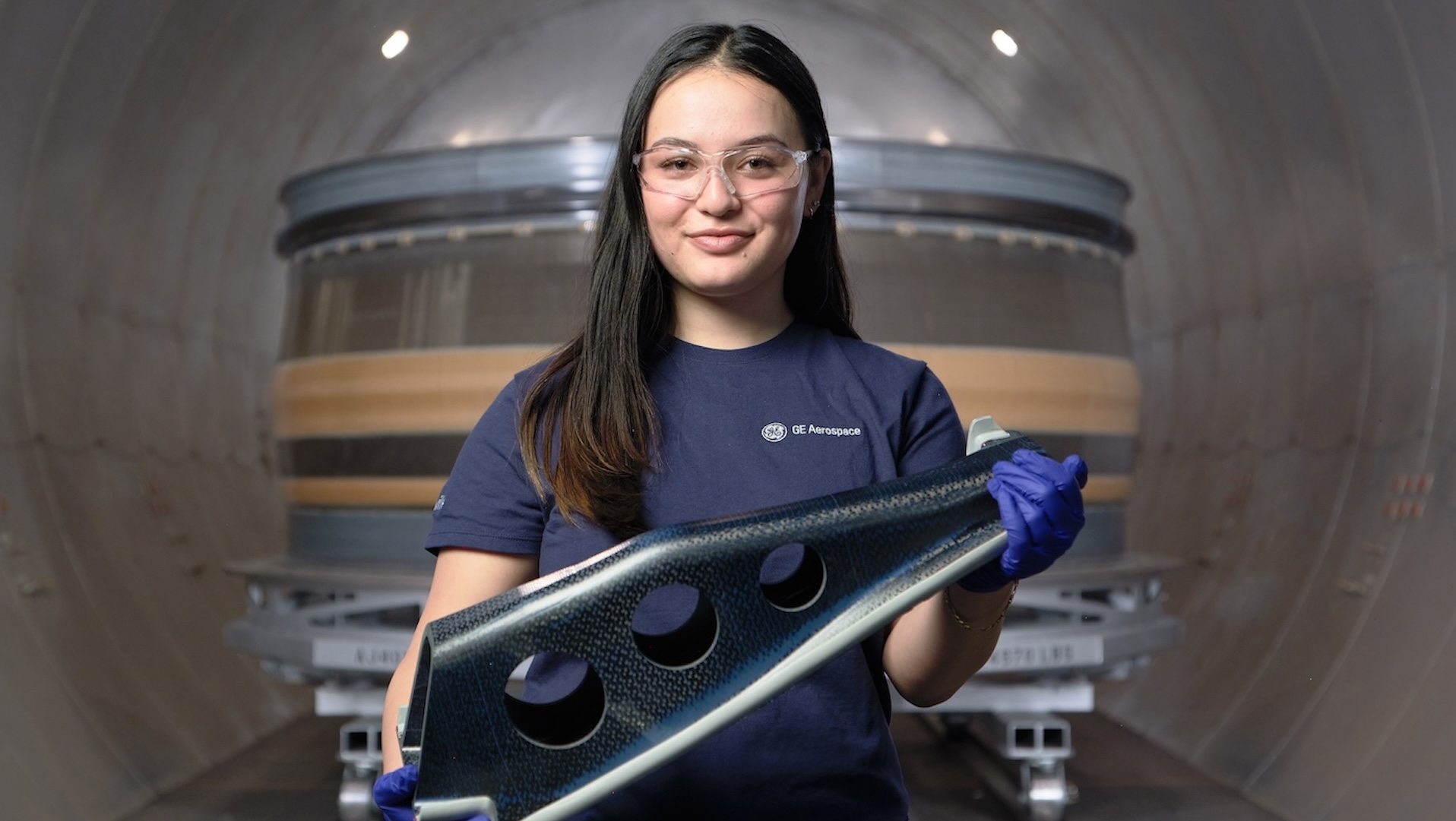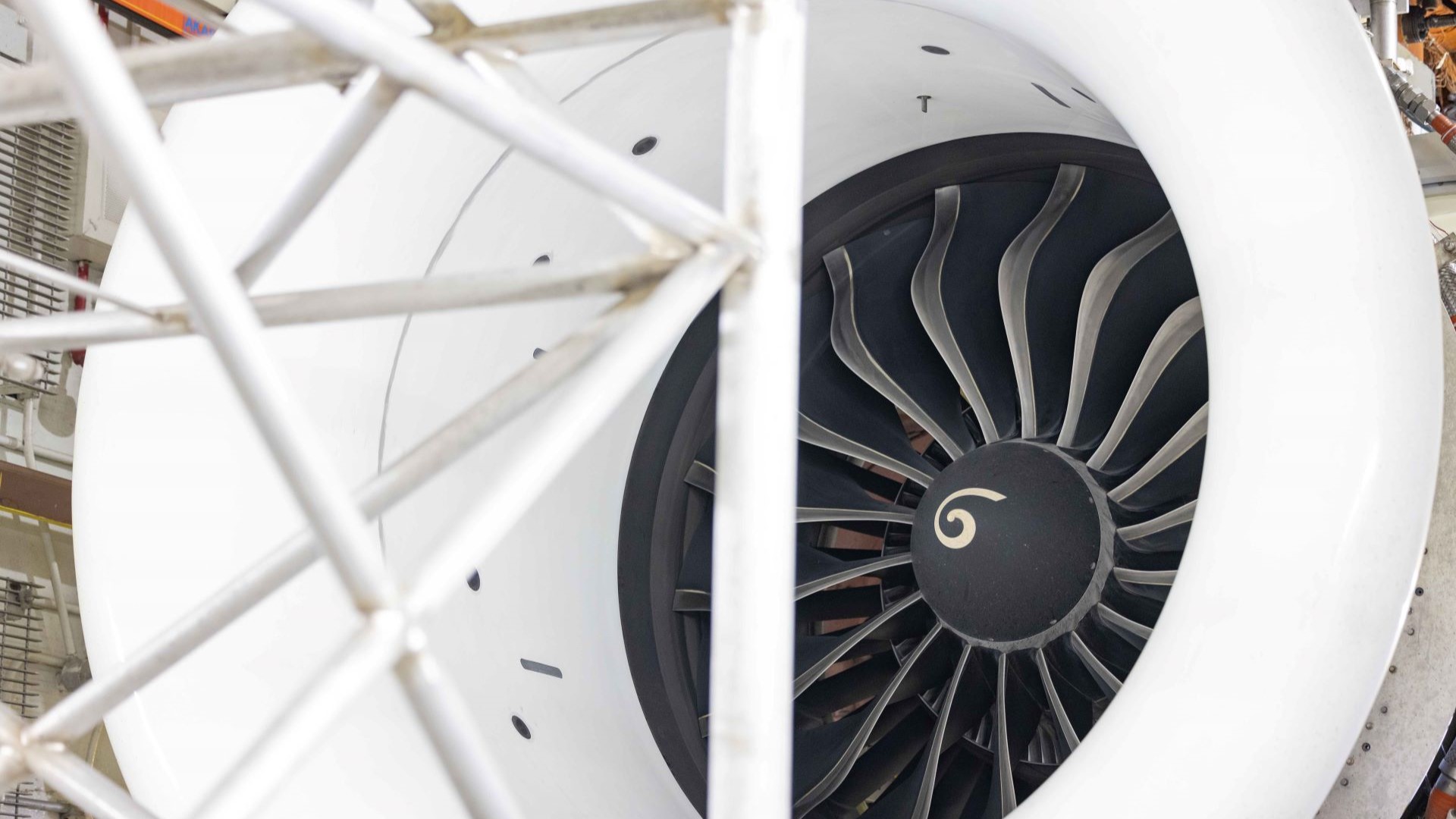Smooth Takeoff: GE Aerospace Releases First Annual Report as Standalone Company
February 03, 2025 | by Chris Noon
Today, GE Aerospace released its first annual report as a standalone company after becoming an independent entity on April 2, 2024, showcasing the company’s global leadership in propulsion, services, and systems, with an installed base of 70,000 commercial and defense engines driving an aftermarket services business that represents approximately 70% of its revenue. GE Aerospace’s 53,000 employees operate in 120 countries to deliver for its customers worldwide.
“The promise of becoming a standalone company was that our future would be wholly in our hands — ours to define and ours to create,” wrote GE Aerospace Chairman and Chief Executive Officer Larry Culp in a letter that accompanied the report. GE Aerospace, whose engineers built the United States’ first jet engine, the world’s first high-bypass turbofan, and the largest and most powerful commercial aircraft engine ever known, has reaffirmed its special sense of purpose to keep writing aviation history.
“We were meant to fly,” Culp added. “Our work matters to the world, and we care deeply about how we do it — with a relentless focus on safety, quality, delivery, and cost (SQDC) — always in that order.”
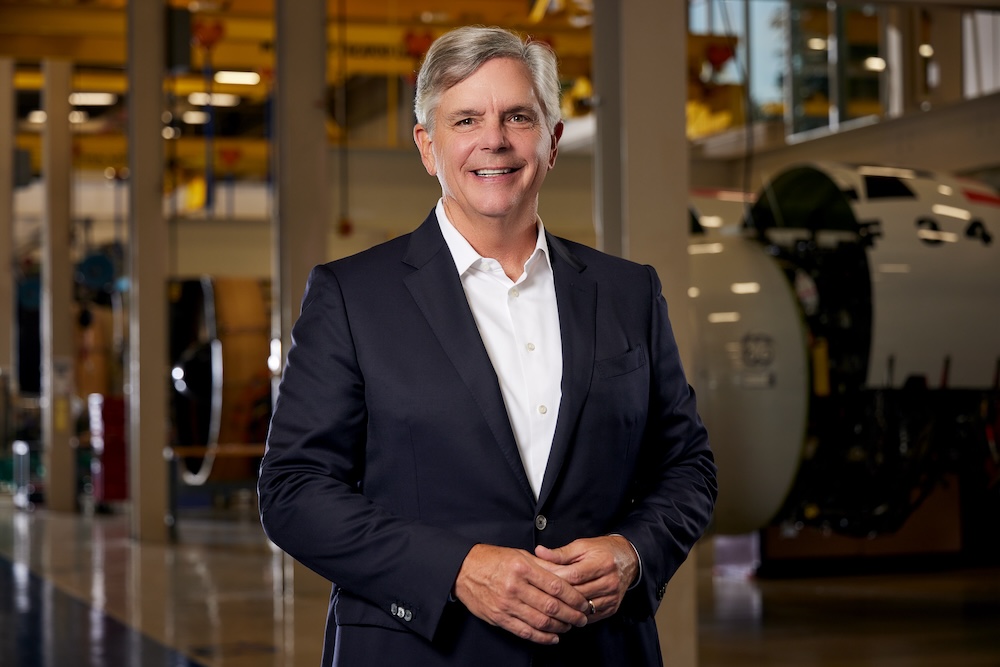
Referencing the 35th anniversary of the United Airlines Flight 232 crash in Sioux City, Iowa, GE Aerospace emphasized its safety-first culture. One of the most important developments to come out of that tragedy, the company’s Safety Management System (SMS), has had a significant impact on aviation industry safety. “When it comes to safety, we never compete,” wrote Culp. “It is a team sport and an industry-wide effort.”
In that spirit, GE Aerospace formed the Aviation Supply Chain Integrity Coalition this year with leaders from across the aerospace industry in the U.S. and Europe to help prevent unauthorized parts from entering the aviation supply chain and strengthen the supply chain’s overall integrity. “Today, when we perform maintenance on an engine at a GE Aerospace maintenance, repair, and overhaul (MRO) shop, key records are digitalized and artificial intelligence (AI) helps verify the validity of key data fields, flagging discrepancies in real time,” added Culp.
GE Aerospace also emphasized its unmatched scale and scope in the industry, noting that the engines made by the company and its joint venture partners power three out of every four commercial flights. In 2024, it celebrated the 50th anniversary of CFM International, its successful joint venture with Safran Aircraft Engines, which focuses on narrowbody engines. In July 2024, its LEAP program reached a major milestone with the certification of the CFM-powered Airbus A321XLR by the U.S. Federal Aviation Administration and the European Union Aviation Safety Agency.
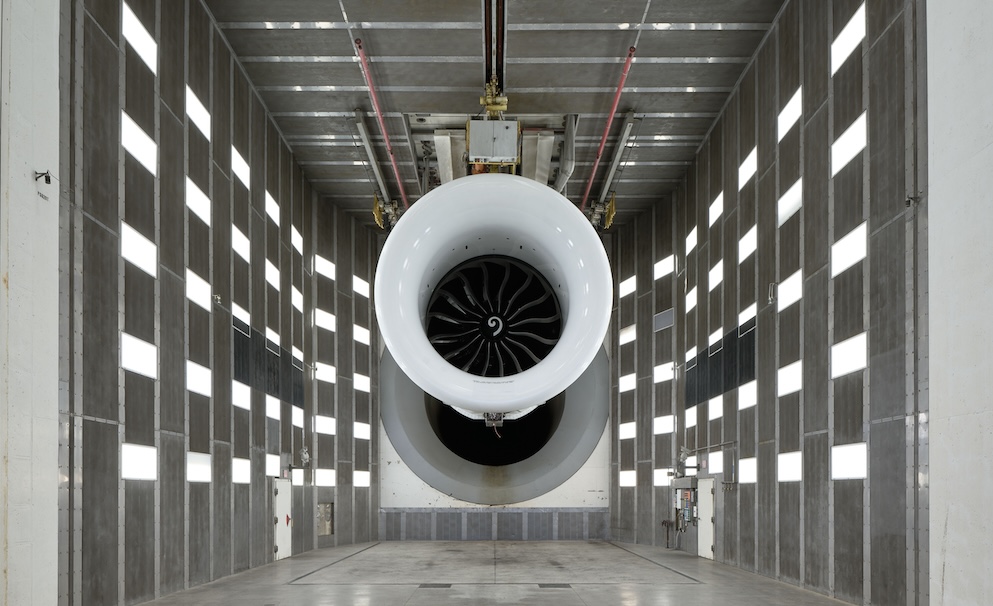
GE Aerospace’s widebody portfolio is also in robust health, highlighted by strong demand for its GEnx engine, with recent customer wins from LATAM Airlines, Thai Airways, and British Airways for future Boeing 787 aircraft, among others. The GE9X, the fastest-selling widebody engine in the company’s history, continues to capture demand and is ready to enter service on the Boeing 777X, with a growing order book of more than 950 engines to date. What’s more, as the services business has continued to grow, the company is actively moving to increase its MRO capacity with a multi-year $1 billion investment in its internal facilities.
The company also noted that its Defense and Propulsion Technologies business continues to meet the evolving demands of military missions. Among the division’s achievements in 2024 were the delivery of the first two T901 engines for the U.S. Army’s Improved Turbine Engine Program (ITEP) for integration and testing on the Sikorsky UH-60 Black Hawk and the completion of a successful demonstration of a new cutting-edge hypersonic dual-mode ramjet.
Leading the Way
GE Aerospace will continue investing in the technology building blocks that will define the future of flight. This year, including customer and partner funding, the company spent approximately $2.7 billion in research and development (R&D), driving breakthroughs in Open Fan engine architecture, hybrid electric propulsion, hypersonics, small engines for unmanned applications, and next-generation adaptive cycle engines.
One priority is the creation of increasingly efficient engines to meet the needs and commitments of operators, it said, citing the enhancement of CFM’s Revolutionary Innovation for Sustainable Engines (RISE) program.
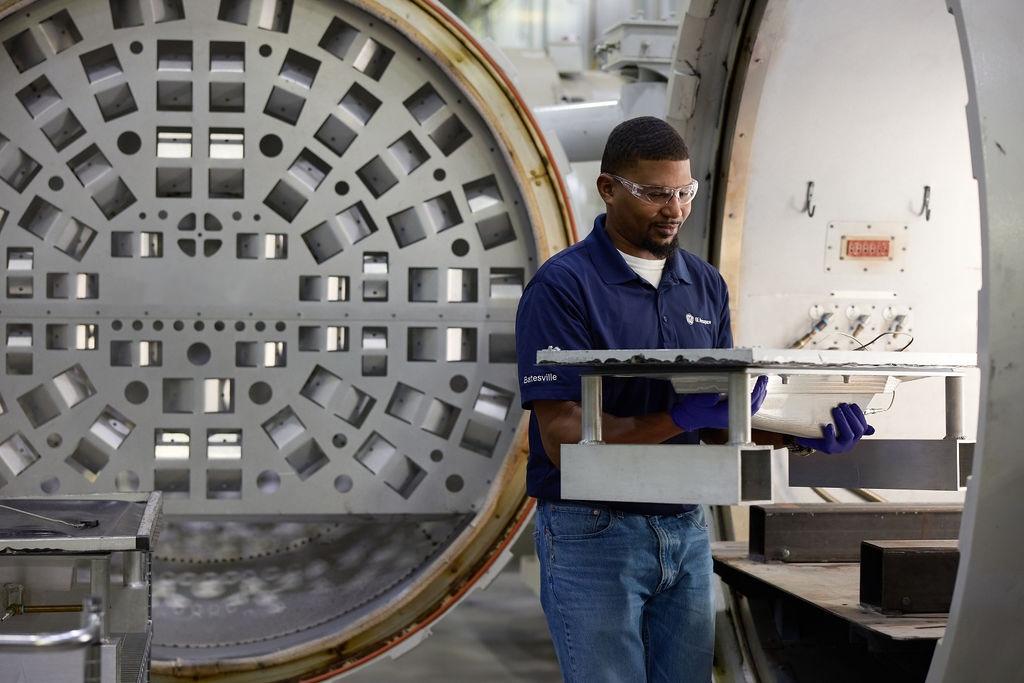
GE Aerospace is also optimizing its own operations to deliver greater value. It cited the successful launch of FLIGHT DECK, its proprietary lean operating model focused on continuous improvement, in 2024.
Up, Up, and Away
This year also saw the launch of the GE Aerospace Foundation and the inaugural philanthropy report, advancing the 100-year legacy of philanthropy forged by the GE Foundation. More than $21.5 million in contributions have been made by the company, its employees, and the GE Aerospace Foundation over the past year. GE Aerospace has pledged to continue to connect its philanthropy with the unique role aviation plays in the world — cultivating a highly skilled workforce, providing rapid relief and aid to the communities it operates in when disasters strike, and supporting military veterans, many of whom have flown on equipment powered by the company. GE Aerospace Foundation Chair Christian Meisner and President Meghan Thurlow have heralded a new chapter, aligned with the company purpose, to “lift up people in the communities where we live and work.”
In his letter, Culp related that Thomas Edison, the visionary inventor and company founder, used the earnings from his invention of “an improved self-winding stock ticker” to establish the company’s famous Menlo Park Lab. “What an inspiring gift it is to carry on that legacy of innovation, passion, and purpose set all those years ago at GE Aerospace today,” he noted.
“Our vision at GE Aerospace is to be the company that defines flight for today, tomorrow, and the future,” Culp wrote. “We are accountable to each other, our customers, and our shareholders to always find a better way and climb higher together.” And, he added, “we are ready for the climb.”
